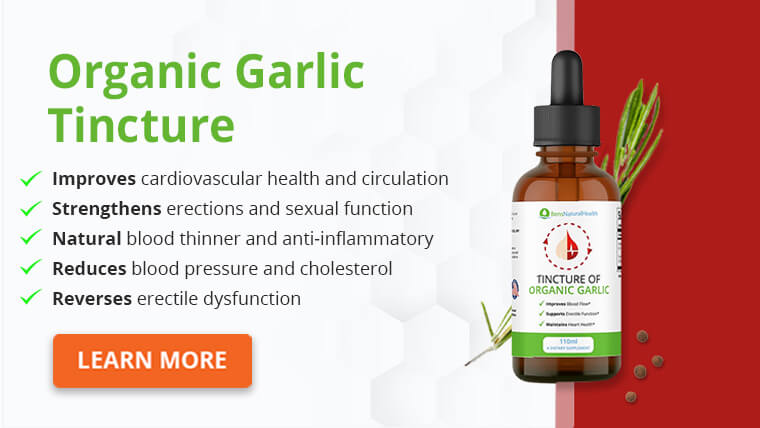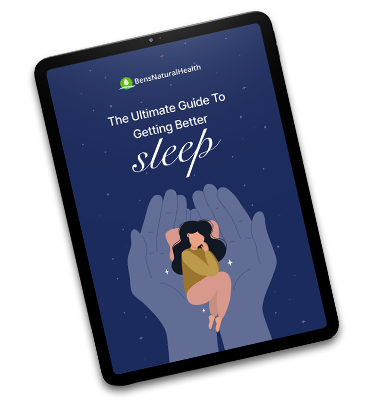Research shows that in some places, dust mite allergies may affect up to 25% of the population.
Dust mites are microscopic bugs, meaning they are very tiny.
They are related to the spider family, and they feed on dead skin cells people regularly shed.
They survive in warm environments and in relatively high humidity.
People who are allergic to dust mites are not actually allergic to the bug; they are allergic to the feces produced by dust mites.
When your body comes in contact with the allergen (dust mite’s feces), it triggers an immune response, setting off an allergic reaction.
There are different ways for you to prevent a dust mite allergy or decrease its symptoms.
You may be surprised to know that the food you eat can also directly affect the symptoms.
Here, we’ll review the foods to avoid and eat with a dust mite allergy.
Foods To Avoid With Dust Mite Allergy
Shellfish and mollusks
Research shows that people who are often allergic to dust mites may become allergic to certain foods, such as shellfish and mollusks.
Now, this doesn’t mean that if you have dust mite allergies, you are allergic to these foods. But, you may experience cross-reactivity, meaning that the body detects similar proteins found in other foods that can trigger an allergic reaction.
So, what are the foods you should avoid if you have a dust mite allergy?
- Lobster
- Shrimp
- Fish
- Crab
- Oysters
Foods that may be contaminated with dust mites:
While some foods may not contain a protein that triggers an allergic reaction (like shellfish and mollusks), they may be contaminated with dust mite particles, such as:
- Grits
- Flour-based products
- Oats
- Wheat
- Barley
- Rye
- Some nuts (like walnuts and pistachios)
If you suspect a particular food is exacerbating your symptoms, consult with a healthcare professional for guidance.
In addition, you can try removing all the options and adding them one at a time (with a couple of days in between) to figure out which ones are causing your symptoms.
Get Your FREE Sleep Guide
- Learn how to naturally improve your sleep
- Dietary recommendations, supplements, and lifestyle changes
- Developed exclusively by our medical doctor
Foods To Eat With Dust Mite Allergy
Protein
Since you are removing seafood and mollusks from your diet, instead, you want to focus on other proteins, such as:
- Pork
- Beef
- Chicken
- Turkey
- Eggs
- Cheese
- Game meat
Carbohydrates
Depending on which grains cause your allergy, you can include other carb sources, such as corn, quinoa, beans, lentils, and chickpeas.
Fruits and vegetables
When it comes to fruits and vegetables, you can include all of them in your diet. Make sure you are adding a wide variety of fruits and vegetables.
Each colored fruit and vegetable provides different nutrients and antioxidants. These help strengthen your immune system, making it easier to combat the allergens.
Omega 3 foods
In addition, eat foods that are high in omega-3. Research suggests that foods rich in omega-3 have anti-inflammatory properties, which may help alleviate allergy symptoms.
If you cannot include a daily dose of omega-3 fatty acids from food, you can include an omega-3 supplement.
Avoid those that are made with fish oil, and choose one that is algae-based. They are less likely to cause an allergic reaction or worsen your symptoms.
What Are The Signs Of A Dust Mite Allergy?
Common symptoms of dust mite allergy include:
- Runny (or itchy) nose
- Itchy skin
- Congestion
- Sinus pressure
- Itchy eyes
- Cough
- Trouble sleeping
- Postnasal drip
If you experience some of these symptoms, especially when going to bed, it’s important to speak with a health professional to determine if you have a dust mite allergy.
What Makes Dust Mite Allergies Worse?
There are some triggers that have been shown to make dust mite allergies worse. Here are some common triggers you may want to be on the lookout for.
- Not cleaning frequently, especially pillows, mattresses, and carpeting.
- Humidity. Dust mites thrive in a humid environment.
- Having recently cleaned. Cleaning may stir up dust mite particles, making them easier to inhale.

Tips To Help Dust Mite Allergies
Besides being careful with the foods you are eating, what are some other things you can do to help with dust mite allergies?
Here are some environmental changes you may want to consider to help reduce the risk of developing a dust mite allergy.
- Use allergen-proof bed covers on the mattress, pillows, and box springs. They can prevent dust mites from getting into the bed.
- Wash all bedding at least once a week with hot water. Dry in a hot dryer or use natural sunlight during the summer.
- Use a dehumidifier or air conditioner to keep the humidity low (30-50%).
- Purchase a highly efficient air filter.
- Dust and vacuum regularly to prevent dust from accumulating.
- If you have a severe dust allergy, hire someone else to do the cleaning since it may trigger an allergic reaction.
- Clean the curtains and furniture frequently.
- Get rid of clutter that may accumulate dust.
- Replace carpeting with other options, such as wood, vinyl flooring, and tile (if possible).
While this may sound like too much to handle, the good news is that with a regular cleaning routine, dust mite allergy is easy to handle.
Speak with a health professional if you are suffering from dust mite allergies to determine what is the best medication to control the symptoms.
Conclusion
- Dust mites are tiny microorganisms whose feces may trigger an allergic reaction in some people.
- There are some foods that have similar particles to dust mites that may increase the risk of allergic symptoms.
- So, if you suffer from dust mite allergies, you may want to avoid foods like shellfish and mollusks. Instead, opt for other protein options, such as chicken, beef, pork, eggs, and cheese.
- Include high antioxidant and omega-3 foods since they can help reduce inflammation and reduce the symptoms you may be experiencing from dust mite allergies.
- To reduce the risk of dust mite allergies, keep a clean environment. Invest in a dehumidifier, and clean regularly to avoid dust mite particles from accumulating.
Explore More







